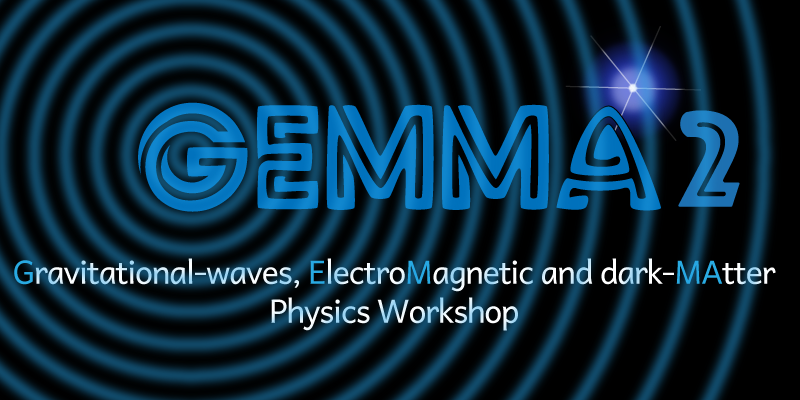Speaker
Description
Millisecond pulsars are the fastest-spinning compact stars in the Universe. They are prime targets to probe the strong interaction at supranuclear densities and search for continuous gravitational wave sources. A long-standing paradigm assumes that a millisecond pulsar in a binary system, during its evolution, can be powered either by the rotation of the pulsar's magnetic field or by the accretion of plasma from a companion star. The discovery of optical pulsations from a pair of millisecond pulsars by the fast optical photometer SiFAP2 at the INAF/TNG has recently challenged this standard scenario. The high optical pulsed luminosity cannot be explained by emission mechanisms commonly operating in binary pulsars, such as accretion-powered emission. The coherent variability observed at optical and X-ray energies suggests that the acceleration of charged particles to extremely high speeds can occur in the magnetosphere of a neutron star even when it is engulfed with accreting matter. Thanks to the much higher sensitivity granted by the throughput of optical photons compared to higher energies, fast optical astronomy also has the potential to open a discovery window on continuous gravitational wave sources, magnetars, and fast radio bursts. In this presentation, I will present the first results obtained with SiFAP2 and prospects for the near future.

